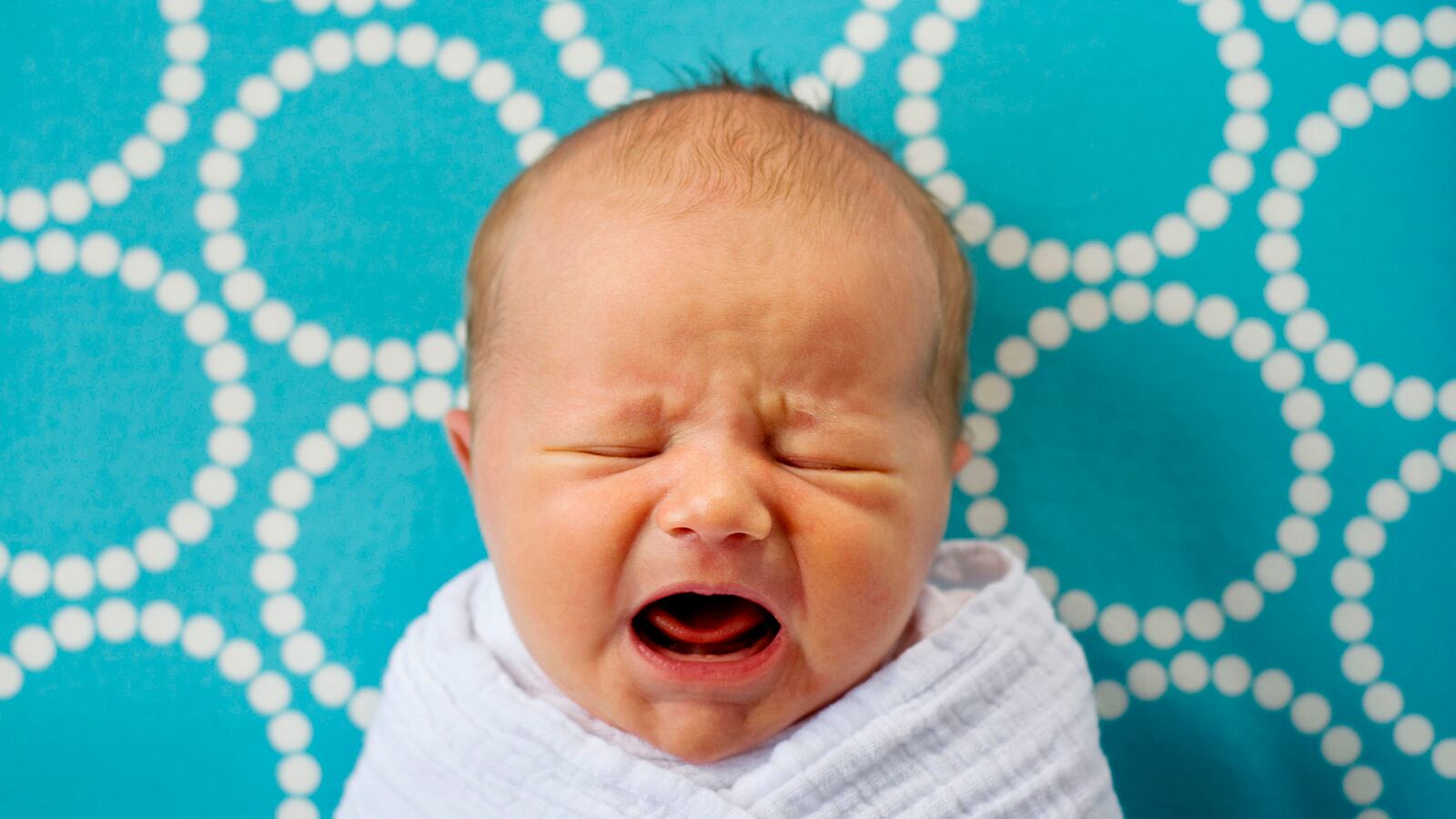Conventional wisdom states that any time cohabiting couples in their reproductive years are forced to hunker down together during an inclement event, eventually, they get bored, one thing leads to another, and sooner or later somebody ends up pregnant.
The notion that forced confinement leads to a spike in fertility rates has been debunked several times over. There was no “blackout baby” surge nine months after New York City lost power for 10 hours in 1965. Evidence of “Hurricane Sandy babies,” “blizzard babies” and even “9/11 babies” has been apocryphal at best. Despite stories suggesting otherwise, statistics show that disaster baby booms are urban legends since storms and blackouts don’t cause couples to throw caution and contraception to the wind.
And yet, here we are more, more than half a million deaths later, again scratching our heads over the fact that a serious interruption of everyday life didn’t cause couples nationwide to throw caution and contraception to the wind.
Rather, the expected COVID baby boom was more like a baby bust. Last year, the birth rate in the U.S. fell 4 percent overall, across every age group and demographic, to its lowest level since the Great Depression. The fertility rate is now 1.64, down from 2.1 a little over a decade ago, which was just enough for the babies being born to replace all of their parents over time.
This has some disparate groups worrying that don’t usually agree about what’s worth worrying about. Economists at different points on the ideological spectrum point out that a population consisting of too many old people and too few young people is bad for an economy because it inhibits growth in the labor force and stretches the social safety net. Social conservatives worry that a cratering birth rate signals the umpteenth nail in the coffin of traditional family values. And America’s elderly just want some goddamn grandchildren.
Forget the “population bomb” doomsaying of 50 years ago; the new demographic worry is not that there will soon be too many people, but rather, too few.
The U.S. isn’t the only place experiencing a statistically noteworthy drop in the number of babies being born. Last year, the journal The Lancet published a study that found that even before COVID, the global fertility rate had dropped to 2.4 children per woman of childbearing age, and will likely fall below the replacement rate by the end of this century. Some countries, like Japan and Spain, have fertility rates so low that their populations are on track to be cut in half by 2100. China’s birth rate dropped 12 percent in 2020. Germany has managed to push its birth rate upward since 2010, due, in part, to a generous government-funded safety net for new parents. Still, its fertility rate in 2020 was 1.54 per woman, below the “alarming” sub-replacement rate numbers in the U.S. and most other European countries.
I put “alarming” in scare quotes because many aspects of this conversation are irksome. First, while falling fertility rates might be bad for the mathematics of the economy, they tend to be good for women, the people who are biologically tasked with actually giving birth. Higher education and income tends to correspond to having fewer children, and women with fewer children also tend to be healthier themselves, and have healthier families because there are fewer people sharing finite resources. And, speaking of resources, human beings tend to use an awful lot of resources, and introducing fewer of them into an overtaxed ecosystem is good for the environment. Healthier women, less starvation, less stress on the environment—none of this is bad.
But research has shown that there are women in the world who would like to have more children, but who choose not to because of reasons beyond their control. Maybe having more children is too expensive where they live, or too much of a health risk given the availability of reproductive health care. Here in the U.S., shouldering the expense of health care during pregnancy and childbirth, plus affording a single-family home in a market bloated by investor speculation, plus affording childcare, plus paying off student loan debts while saving for the future impossibly expensive education of a child is a pretty impossible ask for couples that don’t enjoy the benefits of generational wealth.
If boosting the birth rate is essential to stave off economic catastrophe, then why aren’t more economists arguing in favor of making the work of motherhood more attractive for women?
Pregnancy and childbirth are both medical conditions that could have life-threatening side effects for women and, even when everything goes perfectly, require a woman to subject her body to immense amounts of stress and pain. Writing an impassioned op-ed about helping the economy is an almost hilariously inept approach to convincing more women that it might be a good idea to push something the size and shape of an enormous squash through their cervixes, after gestating and carrying said squash around for nine months.
If pregnancy and birth are absolutely essential in order for the economy to function, then pregnancy and birth are forms of labor that other participants have an obligation to support. If convincing more women to give birth is an urgent need, then making pregnancy and childbirth a physically safer endeavor should be a top priority for the global medical community. But it isn’t.
It’s hard not to notice that a lot of people commenting on the falling birth rate and the need for women to have more babies are men, which doesn’t sit right with me. Not because men don’t have a right to make basic economic observations, but because those observations don’t seem to include any awareness that much of the reason that women are not having as many babies is because men are a problem. After the year women have had, “The birth rate is falling at an alarming rate” reads like a passive-aggressive complaint about slow service at a restaurant. The implication is that women are somehow messing up macroeconomic outlooks by making decisions that make perfect microeconomic sense.
In the U.S., once the women perform the essential physical feat of childbirth, they are then responsible for 18 years of additional unpaid labor in nurturing and caring for their child. Egalitarian households theoretically see male partners contribute equally to the care of children (the bare minimum considering the person who gave birth did 100 percent of that labor, but I digress), but research has shown that since the beginning of the COVID-19 pandemic and its attendant lockdowns, men have been doing a smaller share of childcare and housework, leaving even more slack for women to pick up. Women have shouldered much of the burden of helping children with online school, cleaning, and cooking, in addition to performing the duties of their jobs.
In the U.S., at least, mothers are stretched to the absolute limit. And we are confused and alarmed that they are not having more children? Are we shocked they’re not eagerly volunteering to perform all of the work of pregnancy and birth, and then spend years performing all of the caretaking work for the ensuing children, none of which is paid, all for the benefit of promoting overall economic growth in some hazy future? Are we surprised that women are not eager to make their own lives even harder, after spending a year locked down with partners who are not pulling their weight? Please. We can’t ask any more of mothers. We need to ask more of men—the men who are overrepresented in lawmaking bodies, overrepresented in medical fields, and underrepresented in helping care for their own homes.
Women are tapped out, and unless the next blackout or blizzard miraculously awards them extra hours in their day, we should expect the baby bust to continue.







